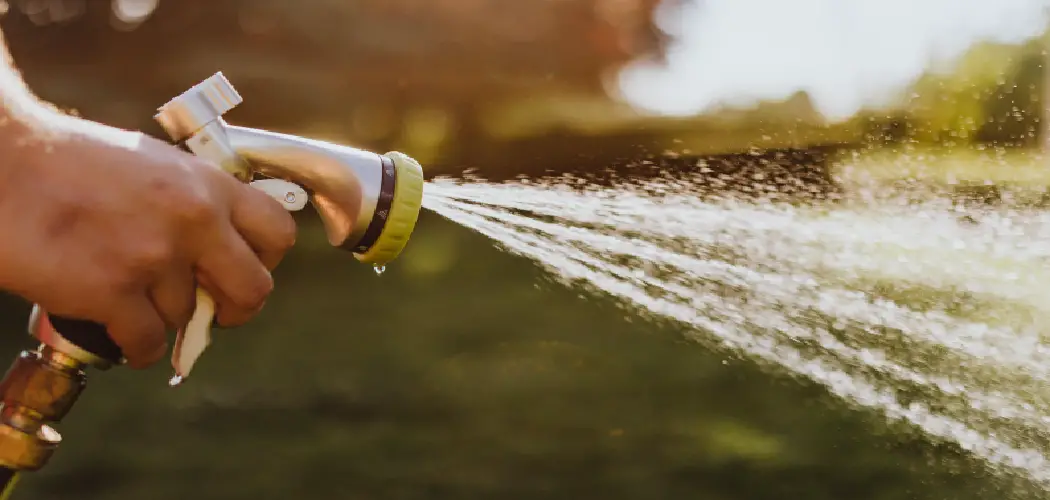In this blog post, we will go over everything you need to know about how to water lawn with hose – from which type of nozzle is best for different kinds of grasses, how long and often you should water, and more tips & tricks. Not only will these practical techniques help give your yard that gorgeous lush look quickly and easily, but they will also ensure that none of your precious resources are wasted!
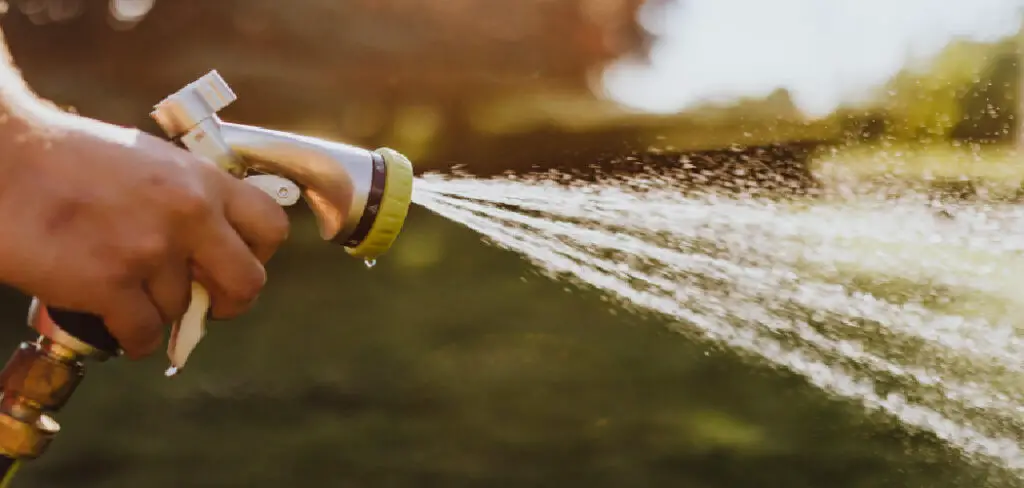
Necessary Items for Watering Your Lawn with a Hose
The first step to watering your lawn with a hose is ensuring you have all the necessary items. Here’s what you’ll need:
- A Garden Hose: The length of the hose will depend on the size of your lawn. Make sure it’s long enough to reach all areas of your yard.
- An adjustable nozzle: This should be able to produce different spray patterns for more precise watering.
- A Timer: A simple egg timer will do, but if you want to get fancy, you can invest in a programmable timer. This is essential for ensuring your lawn gets the right amount of water at the right time.
- Lawn Sprinkler: In addition to hand-watering with a hose, a lawn sprinkler is also an effective way to water your lawn. This will be especially helpful for larger lawns or when you must cover hard-to-reach areas.
Once you have all of these items in place, it’s time to start watering!
Understanding the Different Spray Patterns
Before diving into how long and often you should water your lawn, let’s quickly go over the different spray patterns you can choose from with an adjustable nozzle. The most common types are:
- Shower: This soft and gentle spray is suitable for newly seeded areas or delicate grasses such as Bermuda or Zoysia.
- Flat: Also known as “flood”, this pattern produces a widespread but light water flow. Ideal for watering large areas or gardens.
- Center: This pattern produces a direct and concentrated flow of water, perfect for spot-watering specific patches of your lawn.
- Jet: A powerful and highly targeted spray ideal for hard-to-reach areas or when you need to blast debris build-up on sidewalks and driveways.
Now that you know the different spray patterns, let’s move on to the watering schedule.
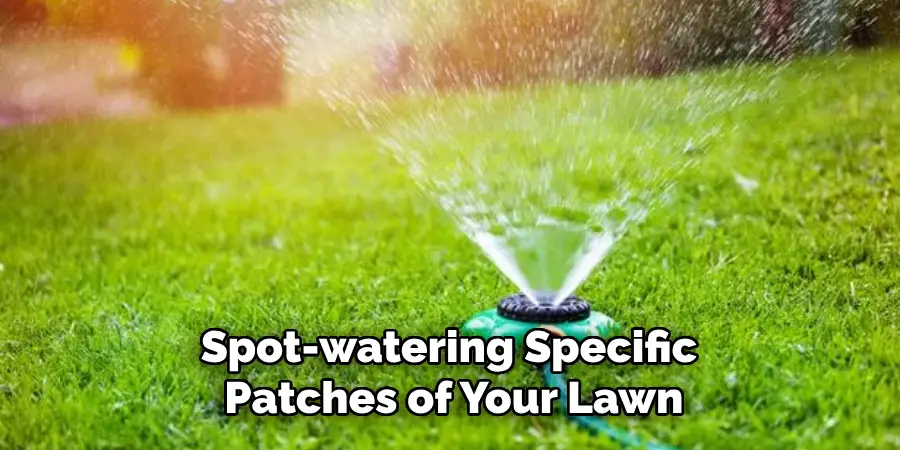
10 Steps on How to Water Lawn With Hose
Step 1: Check the Weather Forecast
Before watering, ensure the next few days will be dry and sunny. Watering your lawn before rain is expected can lead to over-watering. Additionally, if it’s too hot or windy, the water evaporates before your lawn can absorb it.
Step 2: Learn how much Water Your Lawn Needs
Different types of grass require different amounts of watering. For instance, cool-season grasses such as Kentucky Bluegrass and Fescue need about 1 to 1.5 inches of water per week, while warm-season grasses like Bermuda and Zoysia only need about 0.5 to 1 inch of water per week.
Step 3: Adjust your Hose Nozzle
Choose the appropriate spray pattern for your nozzle based on your lawn’s watering needs. For example, use a shower or flat pattern for delicate grasses and a jet pattern for harder-to-reach areas.
Step 4: Water Early in the Morning
It’s best to water your lawn early in the morning when temperatures are cooler and there’s less wind. This will help prevent water evaporation and ensure that more water reaches the roots of your grass.
Step 5: Move Your Sprinkler Regularly
If you’re using a sprinkler, move it around every 15-20 minutes to ensure your lawn gets an even amount of water. This will also prevent any areas from being missed.
Step 6: Water in Cycles
For better absorption and less runoff, water your lawn in cycles. This means breaking up the watering into two or three sessions with short breaks in between.
Step 7: Check for Dry Spots
After watering, check your lawn for any dry spots. If you spot any, hand-water those areas with the appropriate spray pattern until they are sufficiently watered.
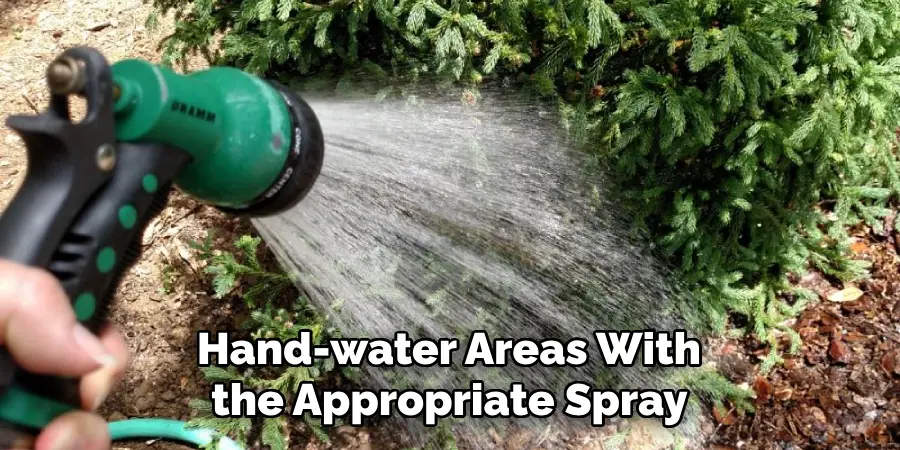
Step 8: Use a Timer
To ensure that your lawn gets the right amount of water, use a timer to control the length of time you water each area. This will also save you from constantly checking your watch or phone.
Step 9: Avoid Watering at Night
Watering at night can lead to prolonged moisture, which may cause diseases and rotting of grass. If you must water in the evening, do it before sunset so your lawn has ample time to dry before nightfall.
Step 10: Adjust According to Season and Climate
You may need to increase watering frequency during the summer months or in drier climates. In contrast, during cooler months or in areas with more rainfall, you may need to reduce the amount of watering. It’s important to monitor your lawn and make adjustments accordingly.
Watering your lawn with a hose is a simple and effective way to keep your grass healthy. By understanding the different spray patterns, having the necessary items, and following these ten steps on how to water your lawn with a hose, you can ensure that your lawn stays vibrant and lush all season long.
8 Care Tips for Your Lawn
In addition to proper watering, here are eight care tips that will help keep your lawn looking its best:
1. Mow Your Lawn Regularly
This encourages healthy growth and helps prevent weeds from taking over. Make sure to keep your mower blades sharp for a cleaner cut.
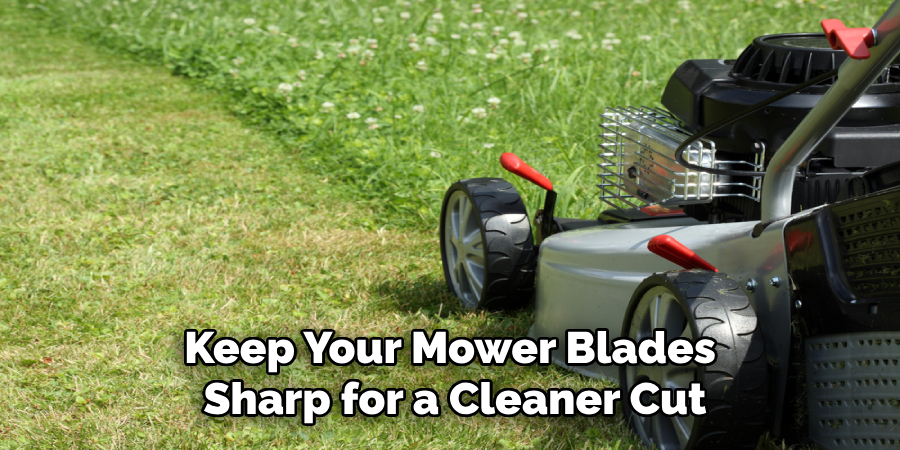
2. Fertilize Your Lawn
Fertilizing is crucial for providing the necessary nutrients for your grass to thrive. Choose a fertilizer appropriate for your grass type and follow the recommended application rate.
3. Aerate Your Lawn
Over time, soil can become compacted, making it difficult for water and nutrients to reach the roots of your grass. Aerate your lawn at least once a year to improve air and water circulation.
4. Keep Your Lawn Free of Debris
Remove any fallen leaves, twigs, or other debris from your lawn regularly to prevent suffocation and disease.
5. Watch Out for Pests and Diseases
Look for signs of pests or diseases on your lawn, such as brown patches or discoloration. Treat accordingly to prevent further damage.
6. Avoid Over-Feeding Your Lawn
While it may be tempting to over-fertilize in hopes of greener grass, this can do more harm than good. Follow the recommended application rate for your specific fertilizer.
7. Don’t Walk on Wet Grass
Walking or mowing on wet grass can damage the delicate blades and create compacted soil, making it harder for nutrients to reach the roots.
8. Consider Drought-Tolerant Grasses
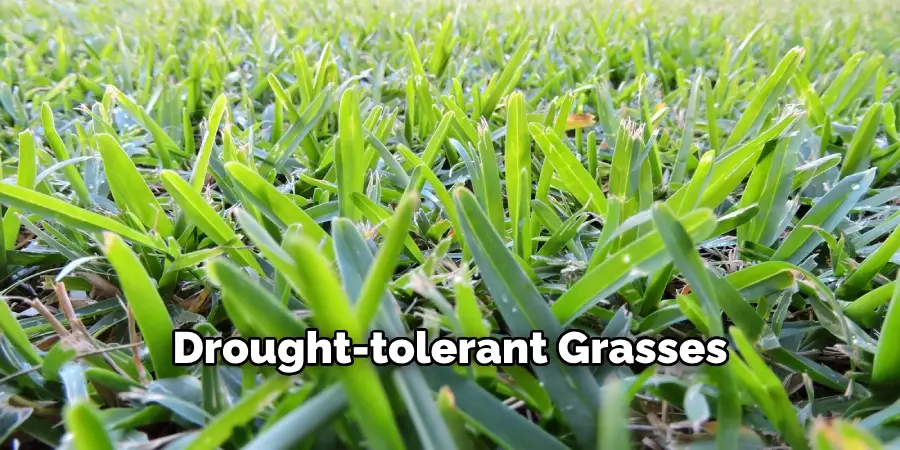
If you live in an area with frequent droughts, consider planting drought-tolerant grasses that require less water. This will save you time and money on watering while still maintaining a beautiful lawn.
Following these eight care tips and proper watering techniques ensures that your lawn stays healthy and vibrant throughout the year. Remember to regularly check for any signs of stress or damage and address them promptly to prevent further issues. With a little bit of effort and care, your lawn will be the envy of the neighborhood.
Frequently Asked Questions
How Often Should I Water My Lawn?
The watering frequency depends on the grass type you have and your climate. Generally, 1-2 inches of water per week is recommended.
What Time of Day is Best for Watering?
Early morning, before sunrise, is the best time to water your lawn. This allows for better water absorption and reduces evaporation.
How Do I Know if My Lawn Needs Watering?
A good way to test if your lawn needs watering is by sticking a screwdriver or stick into the soil. If it goes in easily, your lawn has enough water. If it’s difficult to push in, then your lawn needs watering.
Can I Use a Hose Nozzle on My Lawn?
Yes, you can use a shower or flat pattern to water your lawn. Just make sure to choose the appropriate spray pattern for the type of grass and adjust the nozzle accordingly for better coverage.
How Can I Prevent Over-Watering My Lawn?
Using a timer and monitoring your lawn’s moisture levels can help prevent over-watering. It’s also important to adjust watering according to the season and climate.
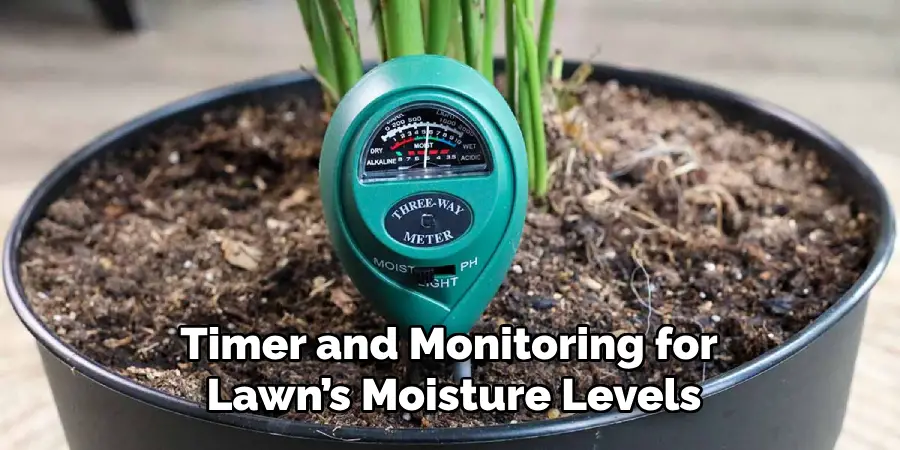
Overall, being mindful of your lawn’s needs and following these ten steps will help prevent over-watering. Proper care and maintenance, including watering, are essential for a healthy and thriving lawn. With these tips, you can ensure your lawn stays green and lush all year round! Don’t forget to check local watering restrictions and regulations to avoid fines.
Conclusion
Proper watering is crucial for maintaining a beautiful and healthy lawn. By understanding the different spray patterns, having the necessary tools, and following these ten steps on how to water lawn with hose, you can ensure that your lawn stays vibrant and lush all season long. Remember to follow additional care tips and regularly check for any signs of stress or damage to keep your lawn in good condition.
With a little bit of effort and care, your lawn will be the envy of the neighborhood. Remember also to check local watering restrictions and regulations to avoid any fines.
About
Outdoor Fixes is a distinguished figure in the world of Diy design, with a decade of expertise creating innovative and sustainable Diy solutions.
His professional focus lies in merging traditional craftsmanship with modern manufacturing techniques,
fostering designs that are both practical and environmentally conscious. As the author of diy,
outdoorfixes delves into the art and science of outdoorfixes-making, inspiring artisans and industry professionals alike.
Education RMIT University
(Melbourne, Australia) Associate Degree in Design (Outdoor Fixes) Focus on sustainable design, industry-driven projects,
and practical craftsmanship. Gained hands-on experience with traditional and digital manufacturing tools, such as CAD and CNC software.
Nottingham Trent University
(United Kingdom) Bachelor’s in outdoorfixes.com and Product Design (Honors) Specialized in product design with a focus on blending creativity with production
techniques. Participated in industry projects, working with companies like John Lewis and Vitsoe to gain real-world insights.
Publications and Impact
In diy, Outdoor Fixes his insights on indoor design processes, materials, and strategies for efficient production.
His writing bridges the gap between artisan knowledge and modern industry needs, making it a must-read for both budding designers and seasoned professionals.

